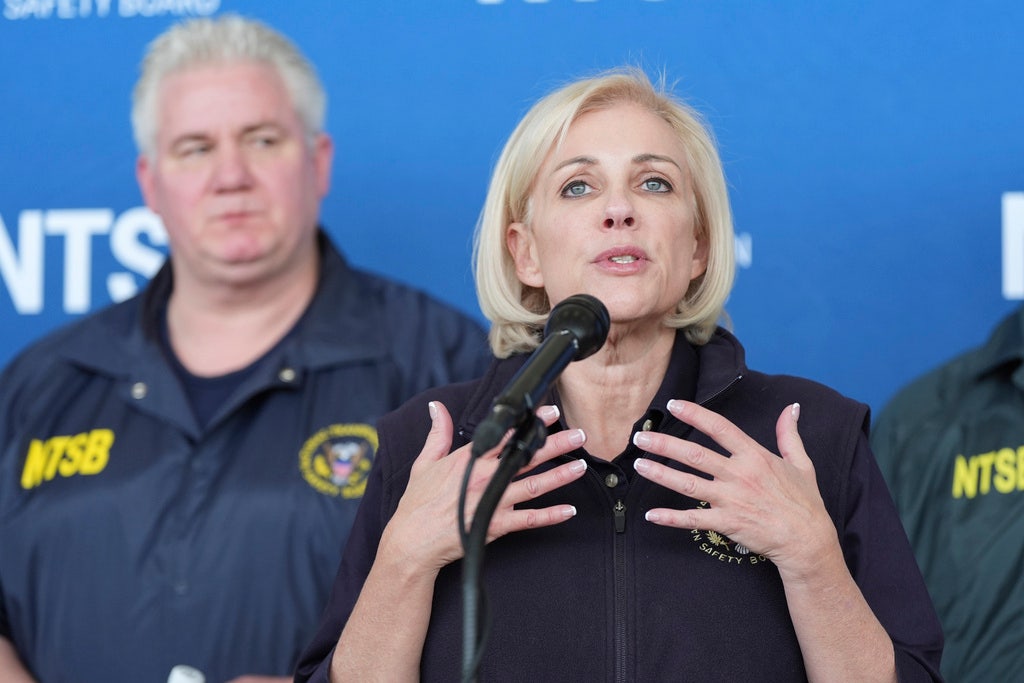Black Hawk crew likely wearing night-vision goggles before deadly DC midair crash: NTSB

The National Transportation and Safety Board (NTSB) chair, Jennifer Homendy, provided new details on Thursday regarding the fatal collision between a Black Hawk helicopter and an American Airlines jet near Washington, D.C. According to preliminary information, it appears that the crew members of the Black Hawk were wearing night-vision goggles at the time of the crash.
Homendy spoke with reporters on Capitol Hill after briefing members of the House Committee on Transportation and Infrastructure on the tragic incident that claimed the lives of all 67 people on board the two aircraft. When asked if the pilots of the Black Hawk were wearing night-vision goggles, she confirmed that based on the mission and information from the cockpit voice recorder, it is believed that they were indeed using night-vision goggles.
She explained that if crew members were not wearing night-vision goggles, they would have been required to state that they were flying unaided, which was not captured on the cockpit voice recorder. The mission that night was described as a “check ride,” which is a routine assessment of a pilot’s proficiency in flying. This particular flight was a combined night-vision goggle annual check ride.
Further details emerged during the briefing, revealing that the Black Hawk helicopter had turned off its automatic dependent surveillance-broadcast (ADS-B), a technology used to track aircraft location. Although military aircraft are permitted to deactivate ADS-B, there was no compelling national security reason for it to be turned off during a training mission.
Senator Ted Cruz also raised concerns about the FAA allowing military flights to operate with ADS-B deactivated since 2018. In response, the FAA has initiated a review of airports with high volumes of mixed helicopter and airplane traffic. Additionally, significant restrictions on helicopter flights near Reagan National Airport have been imposed until late February, with certain runways closed to civilian planes.
In the wake of the crash, the FAA has implemented measures to ensure the safety of airspace near the airport, including prohibiting civilian planes from sharing airspace with police, medical, or presidential transportation helicopters. The investigation into the collision is ongoing, with the FAA working to address safety concerns raised by lawmakers.
The NTSB continues to gather information and analyze data to determine the cause of the tragic incident. As details emerge, the aviation community remains focused on improving safety measures to prevent similar accidents in the future.
—
The rewritten content has been tailored to provide a new perspective on the incident, incorporating key points and details from the original article.




